For many fitness enthusiasts, the idea of maintaining flawless nails while regularly hitting the gym seems nearly impossible. The constant pressure, friction, and occasional accidents that come with weightlifting often leave nails chipped, broken, or painfully torn. However, with proper care and technique, it's entirely possible to keep your nails strong and beautiful even while pursuing serious strength training.
The relationship between nail health and weightlifting isn't often discussed, but it's a real concern for those who take pride in their appearance while committed to their fitness journey. When you grip heavy barbells, dumbbells, or kettlebells, your nails endure significant stress that most people never consider. The repeated impact and pressure can gradually weaken the nail structure, leading to splits, peeling, or even nail bed injuries in extreme cases.
Understanding the science behind nail strength is crucial for developing effective protection strategies. Nails are composed of keratin, the same protein found in hair, but their structure and growth patterns make them particularly vulnerable to mechanical stress. Each time you wrap your fingers around a cold metal bar, you're subjecting your nails to both compression and shear forces that can compromise their integrity over time.
Many weightlifters notice their nails becoming brittle or developing white spots after months of intense training. These aren't just cosmetic issues - they're signs of microtraumas occurring at the cellular level. The good news is that with some adjustments to your routine and proper preventive measures, you can minimize this damage without sacrificing your workout intensity.
Proper grip technique plays a surprisingly significant role in nail protection during weight training. Most people instinctively grip the bar with their fingertips, which places maximum stress on the nails. Instead, try positioning the bar deeper in your palm, across the base of your fingers where the hand naturally forms creases. This distributes the pressure more evenly across your entire hand rather than concentrating it on your nail beds.
Another often overlooked factor is nail length. While long, elegant nails might be your preferred aesthetic, they're essentially leverage points waiting to catch on equipment or get jammed during exercises. Keeping nails trimmed to a moderate length - just slightly beyond the fingertip - provides enough length for appearance while minimizing snag risks. The shape matters too; rounded edges withstand pressure better than sharp corners.
Moisturization is key for maintaining nail flexibility and preventing cracks. Weightlifting exposes your hands to constant drying from chalk use and metal contact. Invest in a quality cuticle oil and apply it morning and night, paying special attention to the area where nail meets skin. Well-hydrated nails are less likely to split or peel under stress. For extra protection, consider using a nail hardener product, but be cautious with formulas containing formaldehyde which can make nails brittle over time.
The type of equipment you use can significantly impact nail health. Olympic bars with aggressive knurling might provide better grip, but they're also more likely to damage nails and surrounding skin. When possible, opt for bars with moderate knurling or use protective grips during high-rep exercises. Many lifters find that alternating between barehanded lifting and glove use helps balance grip strength with nail protection.
Nutrition plays a foundational role in nail strength that no external treatment can replace. Biotin, vitamin E, and omega-3 fatty acids are particularly important for maintaining healthy nail growth. If you notice your nails becoming weak or brittle despite proper care, consider adding these supplements to your diet or increasing intake through foods like eggs, nuts, and fatty fish. Hydration is equally critical - dehydrated nails are more prone to cracking and peeling.
When accidents happen despite precautions, knowing proper nail first aid can prevent minor injuries from becoming major problems. If you tear a nail during a lift, resist the urge to rip it off completely. Instead, carefully trim any loose edges and apply a nail glue or clear polish to stabilize the area until it grows out. For painful nail bed injuries, soaking in warm salt water can prevent infection while promoting healing.
Your choice of exercises also affects nail stress. Movements like deadlifts and pull-ups that require sustained gripping put continuous pressure on nails, while exercises like bench presses with momentary grip demands are gentler. Consider structuring your workout to alternate between high-stress and low-stress grip exercises, giving your nails periodic breaks throughout the session.
Post-workout nail care is just as important as pre-workout preparation. After lifting, wash your hands thoroughly to remove chalk and bacteria, then apply moisturizer while your skin is still slightly damp to maximize absorption. If you notice any redness or swelling around nails, apply a cold compress to reduce inflammation before it becomes problematic.
For those who regularly wear nail polish, product selection matters. Regular polish chips easily under gym conditions, while gel polish can actually provide an extra protective layer. However, be cautious with acrylic nails as they can create unnatural leverage points that increase risk of nail bed injuries during heavy lifts. Breathable, flexible polish formulas tend to work best for active lifters.
Seasonal changes require adjustments to your nail protection strategy. Winter months with dry air demand extra moisturization, while summer humidity may require more frequent trimming to prevent moisture-related softening. Pay attention to how your nails respond to different environmental conditions and adapt your care routine accordingly.
Perhaps most importantly, listen to your body's warning signs. If you consistently experience nail pain, excessive breakage, or other abnormalities despite following protective measures, consult a dermatologist. Some nail issues can indicate underlying health conditions or nutritional deficiencies that need professional attention.
With consistent care and smart training adjustments, you don't have to choose between strong lifts and strong nails. By implementing these protective strategies, you can maintain both your weightlifting progress and your nail health simultaneously. Remember that nails grow slowly - improvements from these methods may take weeks to become visible, but the long-term results are worth the patience and effort.
The intersection of fitness and beauty doesn't have to involve compromise. When approached thoughtfully, weightlifting and nail care can coexist beautifully. Your hands work hard for you in the gym - returning the favor with proper nail protection ensures they'll continue looking and feeling their best through every rep, set, and personal record.
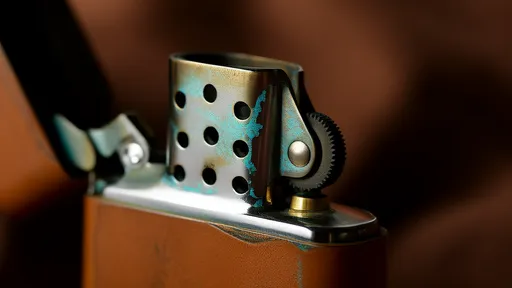
By /Aug 14, 2025
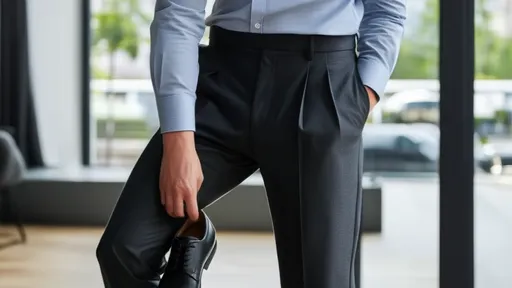
By /Aug 14, 2025
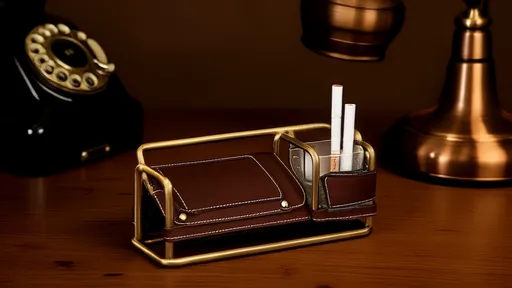
By /Aug 14, 2025
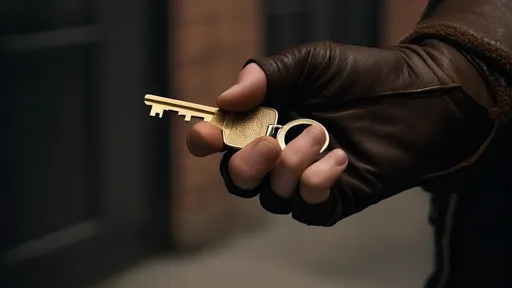
By /Aug 14, 2025
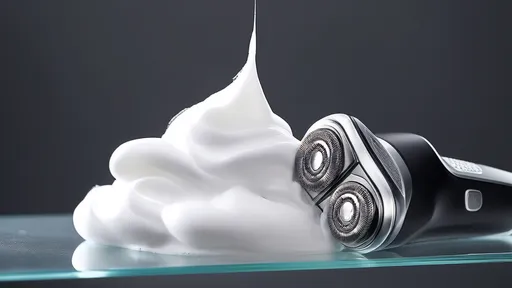
By /Aug 14, 2025
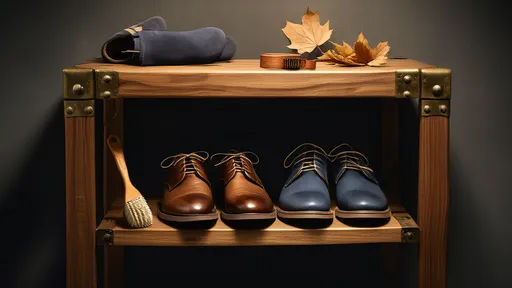
By /Aug 14, 2025
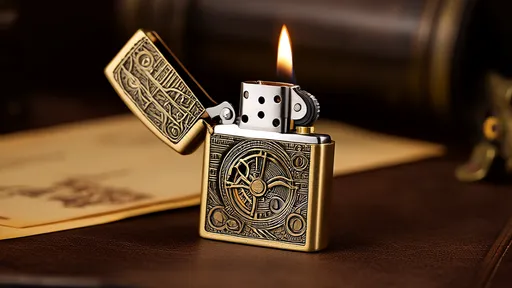
By /Aug 14, 2025
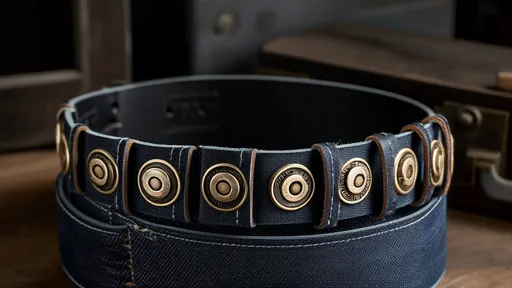
By /Aug 14, 2025

By /Aug 14, 2025
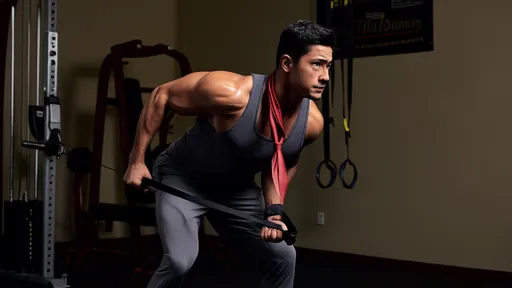
By /Aug 14, 2025
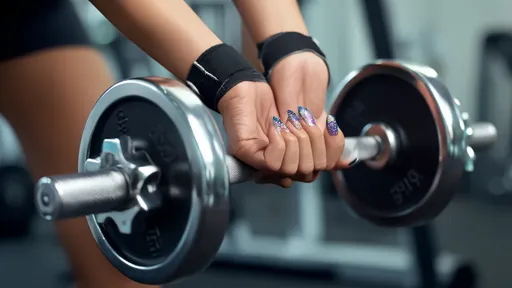
By /Aug 14, 2025

By /Aug 14, 2025
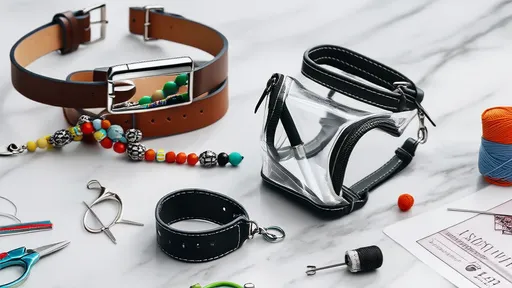
By /Aug 14, 2025
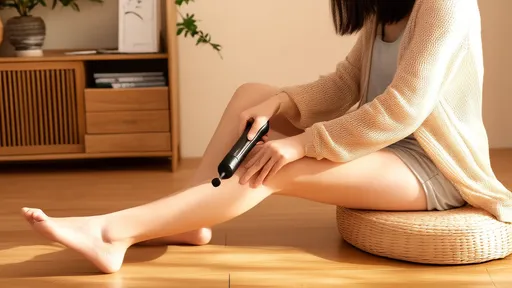
By /Aug 14, 2025
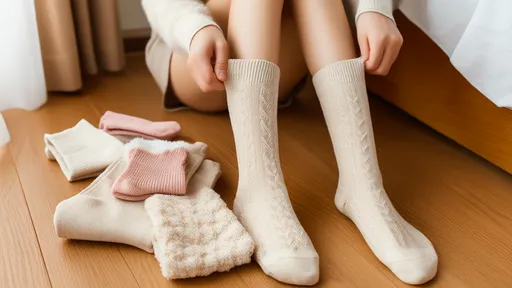
By /Aug 14, 2025

By /Aug 14, 2025

By /Aug 14, 2025
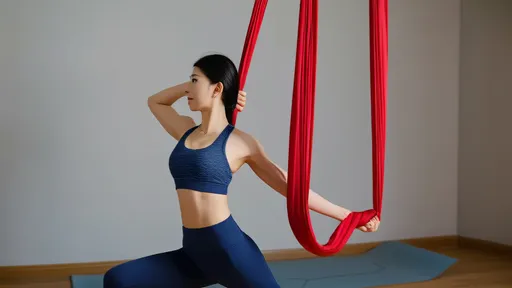
By /Aug 14, 2025

By /Aug 14, 2025
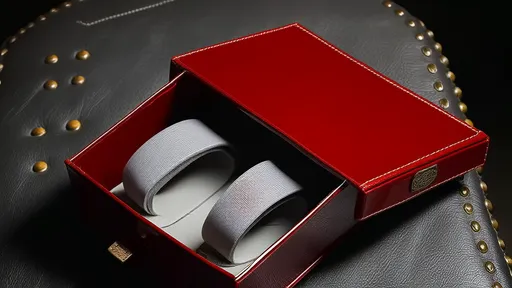
By /Aug 14, 2025